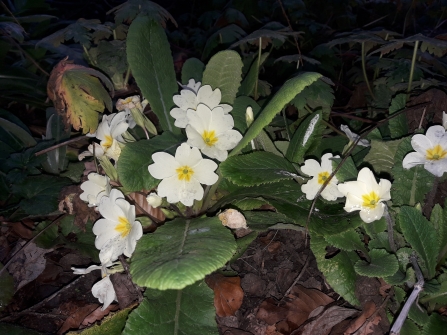Tapping Birch
A sure sign of spring in the woodlands and wild places of the UK is the rising of tree sap, which slowly travels up from the roots carrying vital nutrients to the young buds and foliage, providing fuel for their emergence and growth. The silver birch tree is one particular tree in which the sap starts to run relatively early in the year. It is also a sap that can be collected for drinking and making into syrup and a variety of other beverages. In many part of Europe, this practice still takes place in the modern age. Birch sap is now commercially available in some health food shops and larger super markets in the UK and is reputed to have health benefits. The time period for the sap rising is only around two weeks and usually occurs in the UK around mid to late February
So, with the landowner’s permission and with tree welfare at the forefront of our mind, we set out to try a few different methods of tapping birch trees to gather some sap.


